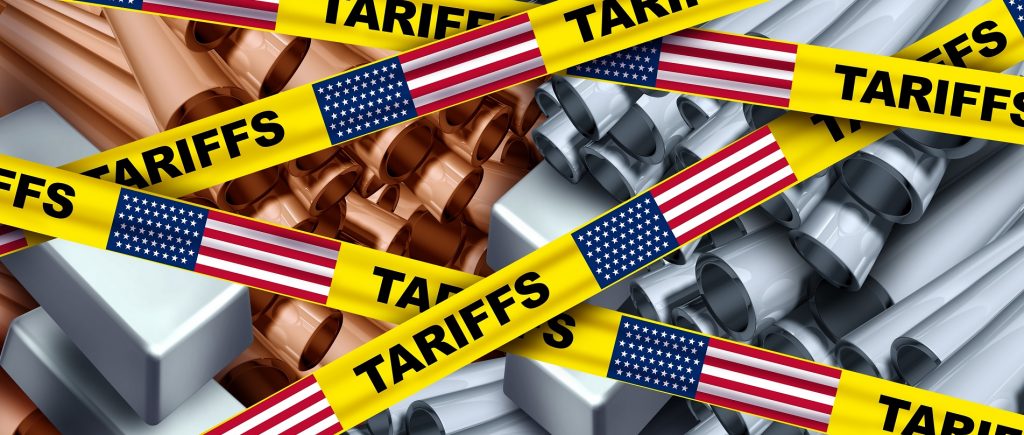Discrepancies Over Investment and Profits:
A seemingly triumphant announcement of a preliminary trade deal between the United States and Japan earlier this week is now facing scrutiny, as details emerging from Japanese officials suggest the agreement’s terms may be far less settled than initially portrayed by the White House. While the US President touted a favorable arrangement, a different picture is being painted by Tokyo regarding a significant investment package and the sharing of its profits.
The initial fanfare from the US President highlighted an impending trade deal that would see Japanese imports face a 15% tariff, a notable reduction from the more stringent 25% previously threatened. Central to this proclaimed agreement was a staggering $550 billion investment from Japan into US businesses, with the US reportedly set to receive a dominant 90% share of the profits.
However, Japanese government officials quietly moved to temper these expectations on Friday. A statement from a Japanese official indicated that the exact terms of the $550 billion investment package are expected to involve a profit split between the two countries based on the degree of contribution from each side. This directly contradicts the US President’s assertion that Japan would shoulder the entire investment burden while yielding the vast majority of the profits to the US.
This developing situation appears to be following a familiar pattern with preliminary trade discussions involving the current US administration, where specific details often remain elusive despite bold pronouncements of success. The lack of concrete, publicly available details about the US-Japan trade agreement further undermines the credibility of the initial declarations.
Japan’s cautionary statements underscore a growing disparity between the US President’s ambitious trade rhetoric and the practical realities of international negotiations. As one Japanese official directly addressed the imbalance in expectations, it became clear that while the US might desire a 90-10 profit split, Japan views claims of simply “handing over $550 billion” as “completely off the mark.” The official emphasized that the final decision on profit-sharing would be determined by the ratio of investment from private-sector companies on both sides.
Convincing US-based companies to commit substantial investment to build business infrastructure within American borders could prove to be a significant challenge. For decades, many US industries have strategically offloaded manufacturing and input-related costs overseas, preferring to concentrate on high-value product finishing and related services domestically. This long-standing operational model may present an obstacle to the widespread “re-shoring” of investments envisioned by the current US administration.

 Noor Trends News, Technical Analysis, Educational Tools and Recommendations
Noor Trends News, Technical Analysis, Educational Tools and Recommendations




